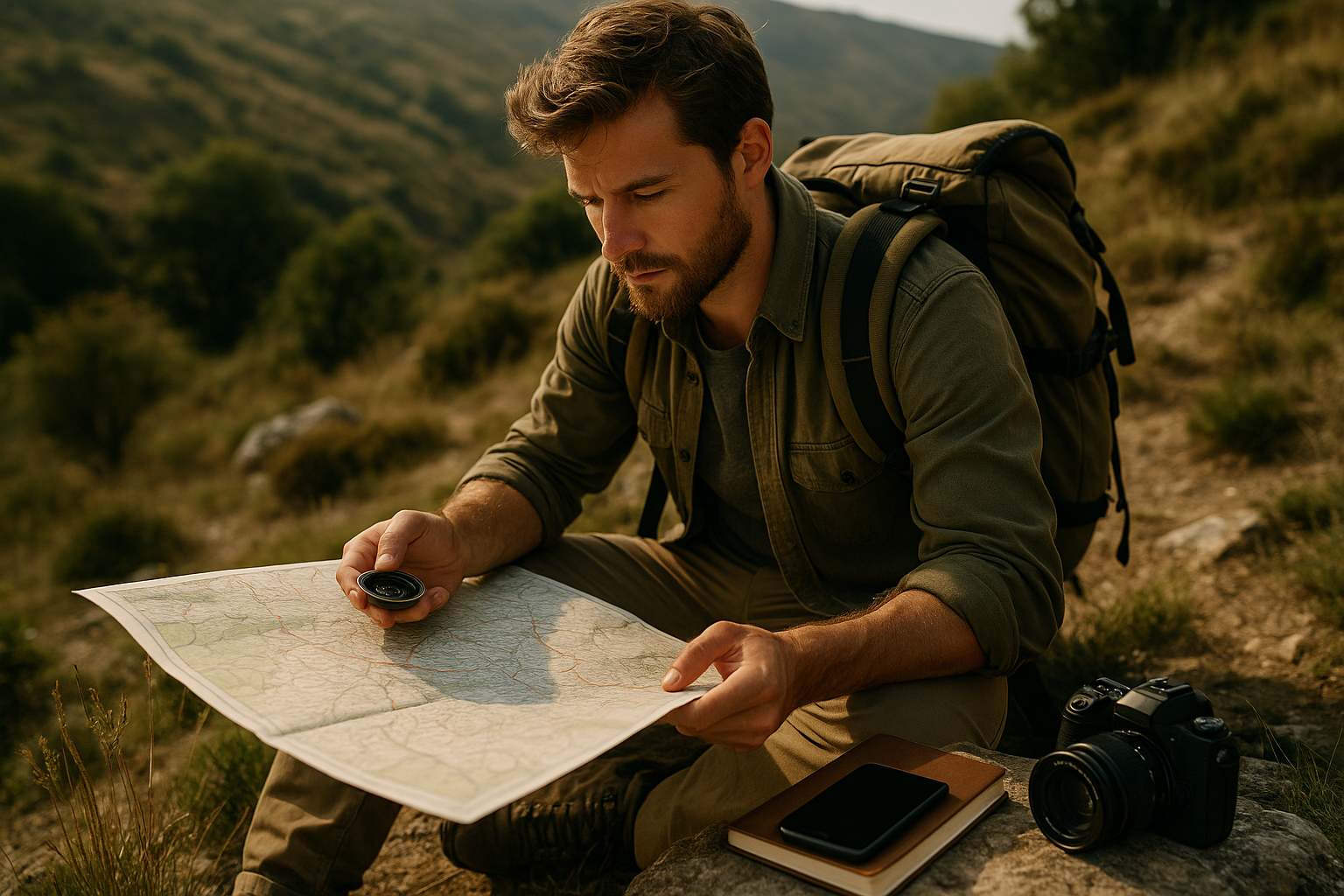Hiking Tools for Safety and Comfort on the Trail
Planning a hike involves more than picking a scenic route; choosing the right tools improves safety, comfort, and enjoyment. This guide outlines practical gear and considerations for common needs on trails, including support, emergency care, footwear, and weather protection. Readable and practical, the advice below helps you select and use hiking tools suited to your route and experience level.

Preparing for the trail: route and gear planning
Before you set out, match your gear to the trail’s length, terrain, and expected conditions. Check maps and local services for trail updates, permits, and water sources. Pack items that reduce risk and weight—navigation tools, layers, food, and a basic first aid kit—while avoiding unnecessary bulk. Factor in elevation, trail surface, and likely weather changes so your boots, jacket, and support tools are appropriate. A clear plan and a quick pre-hike checklist help prevent common oversights and ensure you can adjust to unexpected situations while on the trail.
Should you bring a walking stick?
A walking stick or trekking pole can reduce joint strain, improve balance on uneven ground, and aid stability during river crossings or slippery sections. Consider one if your route includes steep ascents, loose scree, or long descents; poles are also helpful when carrying heavier packs. Adjustable poles pack compactly and allow fine-tuning for different terrain and user height. If you already use a walking stick for mobility, test it on similar surfaces before a long hike to confirm comfort and technique. Proper use of poles can conserve energy and decrease the risk of falls on technical trail segments.
What belongs in a first aid kit?
A compact, well-organized first aid kit addresses common trail injuries: blisters, cuts, sprains, and minor infections. Essentials include adhesive bandages, sterile gauze, antiseptic wipes, blister treatment, tape, a triangular bandage, over-the-counter pain relief (as appropriate to your needs), and any personal medications. Add items like tweezers, safety pins, and a small splint or elastic bandage for sprains. Tailor the kit to group size, trip duration, and proximity to help; for remote routes, include more supplies and consider basic wound closure strips. Regularly check and refresh supplies, and know how to use each item before you need it.
Choosing boots for different terrain
Boot selection should reflect the trail surface, distance, and weather. Stiffer, ankle-supporting boots suit rocky or rugged terrain and help prevent twists on uneven trails, while lighter trail shoes provide comfort and speed on well-maintained paths. Focus on fit—ample toe room, secure heel hold, and appropriate arch support—to limit blisters and fatigue. Waterproof membranes add protection in wet conditions but can reduce breathability on hot hikes. Break in boots before long trips, and consider local services or specialty stores in your area for professional fitting and gait analysis when uncertain about the right model.
Selecting a jacket for changing weather
A reliable jacket manages precipitation, wind, and temperature changes without adding excess bulk. Layering is key: a lightweight breathable base, insulating mid-layer, and a waterproof, breathable shell for wind and rain. Choose jackets with adjustable hoods, pit zips or vents for temperature control, and pockets positioned for easy access while wearing a pack. Materials vary—membranes like waterproof-breathable fabrics are practical for wet climates, whereas softshells offer stretch and breathability for active use in drier conditions. Always consider the season and likely weather on your specific trail when deciding which jacket to bring.
Extra tools and navigation aids
Beyond primary gear, a few extra tools improve safety and convenience. A reliable map and compass remain essential; GPS devices or smartphone apps are useful backups but depend on battery life. Pack a headlamp, multi-tool, firestarter, lightweight emergency shelter or bivy, and spare batteries or a power bank. For group trips, communication devices and a plan for emergency contact with local services or park authorities increase resilience. Keep these extras organized in an accessible part of your pack so you can reach them quickly if conditions change or an unexpected situation arises on the trail.
Conclusion
Thoughtful selection and use of hiking tools—support like a walking stick, a well-stocked first aid kit, properly fitted boots, and a weather-appropriate jacket—help you handle common trail challenges. Combine gear choices with route planning, awareness of local services, and practiced skills like navigation and first aid to make outings safer and more enjoyable. Regular gear checks and thoughtful packing tailored to the trail and conditions will improve comfort and reduce risks on hikes.



